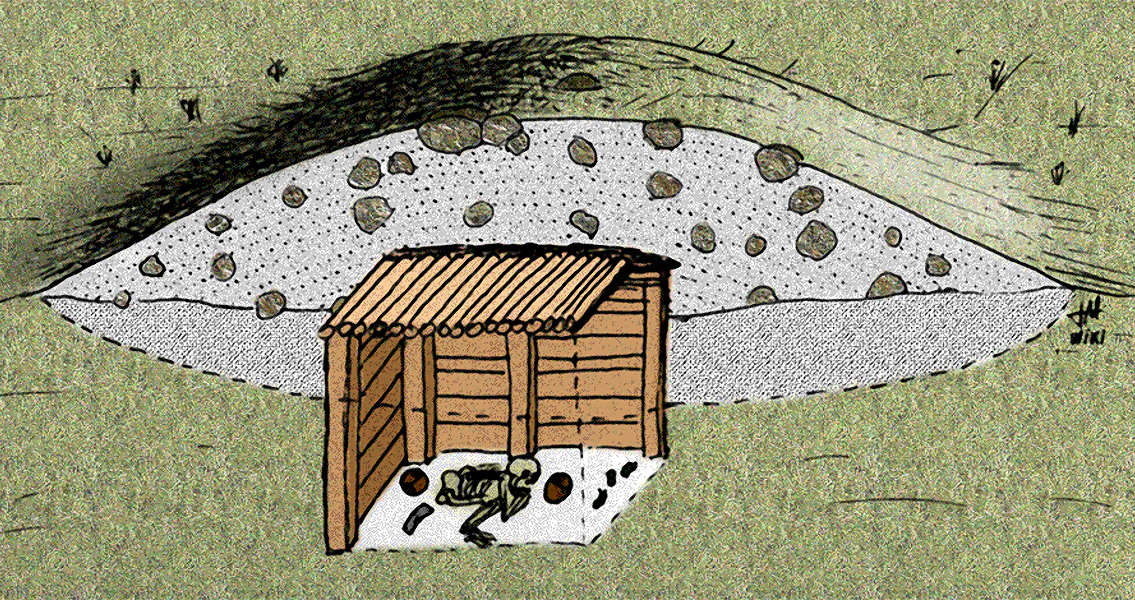<![CDATA[Archaeologists working in the Silivri district of Istanbul have uncovered the oldest kurgan-style tumulus (5,000 years old) ever found in Turkey. Researchers believe the tumulus belongs to a prominent warrior or soldier from the Bronze Age given the spearhead that was found buried with him. It seems treasure hunters had been unable to reach the burial chamber, although there is evidence of several attempts. According to Turkish law, any archaeological find must be reported to the Istanbul Museum of Archaeology. If the find is determined to be authentic and significant, the site is immediately put under the museum’s authority until such time as the find can be documented and relocated if possible. A tumulus is a mound of stones and earth that has been built over a grave (or graves), and although they were used almost universally during the Neolithic era they vary in structure, size, and usage in individual cultures (kurgan is the Russian word for tumulus). Often categorized by their apparent shape, a tumulus can be described as either a long barrow: a tumulus typically constructed on top of several graves, or a round barrow, which is of course a round tumulus. The architecture and internal structure of both barrows can vary widely, the categorization refers just to the apparent external shape. Kurgan style tumuli were originally used in the Russian Steppes and later spread into central, northern, and eastern Europe during the third millennium BCE. They were often structurally complex, with internal rooms and a centralized burial chamber, which was likely to contain funerary goods, weapons and sacrificial offerings, and for members of the elite class; horses and even chariots. Professor Mehmet Özdoan with the Istanbul University Department of Archeology told the Daily Sabah that as the oldest grave of this kind found in Thrace, he's hopeful that it will shed some light on a variety of historical questions. Thrace, a historical as well as a geographic region, is centered (generally) on the borders of modern day Bulgaria, Turkey, and Greece. In antiquity it was referred to as Europe, before the term was extended to describe the entire continent. The areas it comprises are in the southeastern region of Bulgaria, the northeastern region of Greece, and the European region of Turkey. The largest part of Thrace is within modern-day Bulgaria. The indigenous people of Thrace (Thracians) were divided into multiple tribal groups. Thracian soldiers were known to fight with the Persian armies while the Persian Empire controlled the region, later, they sided with Alexander the Great when he fought the Persians. Divided as they were into separate tribes, the Thracians didn't have any permanent political organization until the Odrysian state was founded in the fourth century BCE, before then the mountainous tribes kept with a warrior tradition while the tribes living across the plains lived, supposedly, more peacefully. Reportedly, the Istanbul Archaeology Museum has requested permission from the First Istanbul Board for the Protection of Cultural Artifacts to move the remains and other items to the museum for further study and display. ]]>
5,000-Year-Old Kurgan-Style Tumulus Discovered in Istanbul
